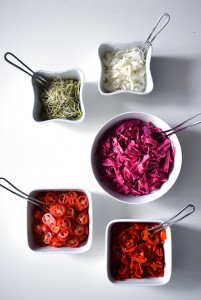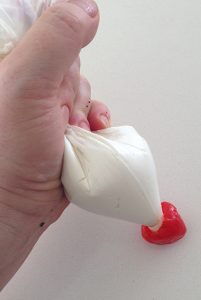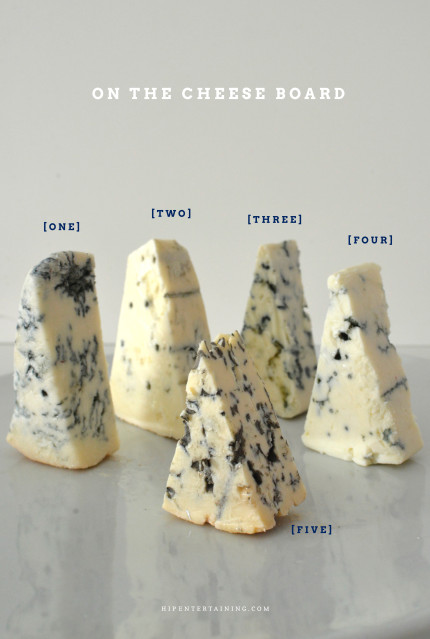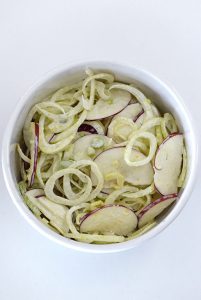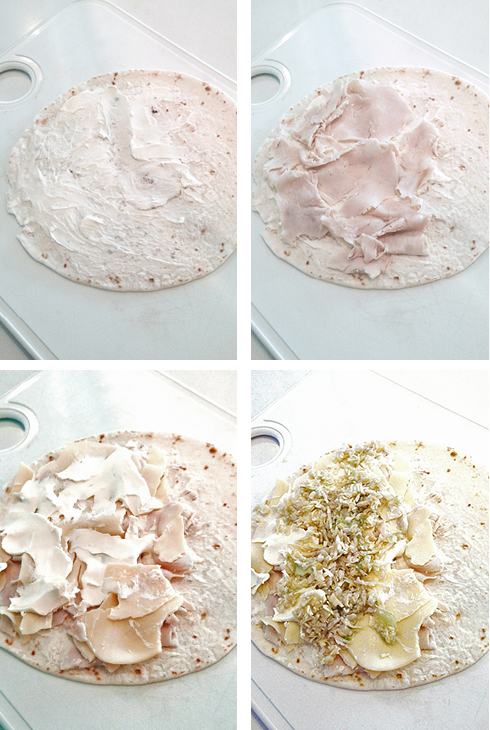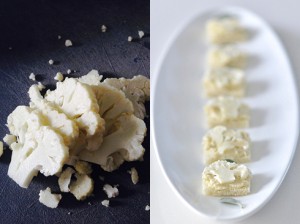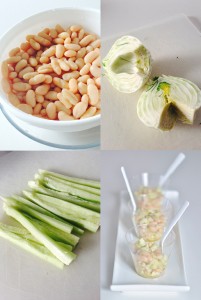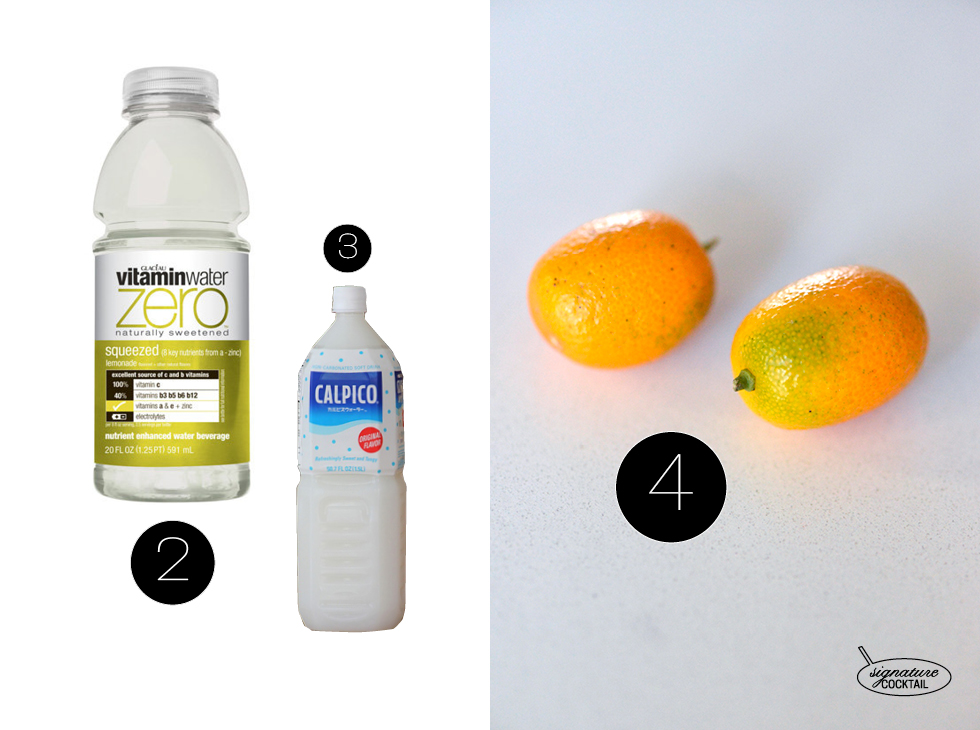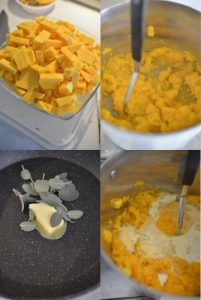The art of wood plank grilling is nothing new. The technique has roots in Native American culture and has managed to hold onto plenty of cache in the present day. See our featured recipe from the book, Plank Grilling: 75 Recipes for Infusing Food with Flavor Using Wood Planks, and witness a beet hummus that would make a gorgeous, tasty treat at your next gathering.
When warm temperatures hit, the barbecue becomes a main cooking arena. Here’s an opportunity for you to get really creative. I came across this wonderful book which shows you how to cook on a wooden plank, on your grill. I wanted to include this recipe as part of my 4th of July party menu, to showcase the fab colors of the dish. Dina Guillen really shines in this category.
Her book is a follow up to her first plank-grilling tome. In 75 Recipes for Infusing Food with Flavor Using Wood Planks, author Dina Guillen shares four-score-and-some-odd dishes that incorporate cedar, maple, hickory and alder planks in their preparation. You will be schooled in the art of plank grilling. Beyond meats, Guillen doles out the secrets of everything from wood-fired pizza to beet hummus, along with tips on where to find the planks themselves. Get ready to go crazy with your grill. Here’s a recipe from the book for a hummus that will shock and rock your buffet.
•
featured recipe
BEET HUMMUS
Makes 2 cups
Start with wood plank basics.
Soaking the Plank
Start by using a clean, untreated piece of wood. Most of the wood planks sold in stores are 3/8 to 1 inch thick. Be sure to choose a plank that allows at least a 1-inch border around the food you are preparing. No matter the size, plan on soaking your plank for at least one hour, and up to twenty-four hours. This important step adds moisture that helps the wood to resist burning, which prolongs the use of your plank.
Place the plank in a kitchen sink, cooler, glass or ceramic baking dish, or any container large enough to fit it for soaking. Soak the plank in water, or if you feel like being creative, try adding some white wine, beer, salt, or apple, berry, or citrus juice to the water. Keep the plank submerged with something heavy, like a brick, so it stays weighted down during soaking. Soak the plank for at least 1 hour and up to 24 hours.
Preheating the Plank
Preheating the plank before grilling is an important step. With woods like maple, oak, cherry, and alder, the plank will often begin to warp when placed over heat (cedar does not usually warp). Preheating the plank will control the warping, kill any bacteria on the cooking surface, and impart a more intense flavor to the food. Before preheating the plank, have a spray bottle with water handy to smolder any flames if flare-ups occur. For a gas grill, preheat your grill to medium-high, or about 400ºF.
For a charcoal grill, prepare your grill for indirect cooking: Fill a chimney starter (charcoal chimney) to the top with charcoal. Light the charcoal and let it burn until half of the coals are glowing. Spread the coals onto half of the bottom of the grill, leaving the other side without coals (this is called the “indirect method”). Place the grill lid on top and fully open the top and bottom vents. If your grill does not have a thermometer, place a grill thermometer through one of the vent openings and let it sit for 5 minutes to get an accurate reading. If the grill gets too hot, close the vents partially and let the temperature adjust. Continue making adjustments to the vent openings until the grill reaches a consistent temperature of 400º F.
For optimum smoke and wood flavor, place the plank 8 to 12 inches above the flame and close the grill lid. I prefer to place a plank on the warming rack of my gas grill for preheating and grilling. It takes a little longer to get it lightly toasted and get some smoke going (8 to 10 minutes), but it reduces the number of flare-ups so that you will get more uses out of the plank. If the plank is placed closer to the flame, you should see some light smoke after 3 to 5 minutes. Keep a close eye on the grill if the plank is closer to the flame.
Once you see some light wisps of gray smoke emanating from the grill, open the grill lid and flip the plank over. If the plank has not bowed, you are ready to begin grilling. If warping occurs, close the lid again and continue preheating another minute or two until the plank flattens out. Continue flipping and heating the plank one or two more times until warping is controlled.
make the hummus
3 small beets (about 1 LB), trimmed and peeled
1 TB extra-virgin olive oil
1 tsp kosher salt, divided
1/2 tsp freshly ground black pepper, divided
—
1 (15.5-ounce) can garbanzo beans, rinsed and drained
2 cloves garlic, chopped
3 TB tahini
Juice of 1 large lemon (about 3 TB)
1/2 tsp ground cumin
1/2 tsp ground coriander
1/4 tsp crushed red pepper flakes
1 TB chopped fresh flat leaf parsley, or 1 TB toasted pine nuts, for garnish (optional)
—
Cut the beets in half and toss with the oil, 1/2 teaspoon of the salt, and 1/2 teaspoon of the pepper.
Prepare the plank for grilling. (See above.)
Place the beets, cut side down, on the toasted side of the plank. Close the lid and grill for 20 to 25 min, or until tender. Remove from the heat and set aside to cool. Once the beets are cool enough to handle, roughly chop them and place them in the bowl of a food processor.
Add the garbanzo beans, garlic, tahini, lemon juice, cumin, coriander, red pepper flakes, and the remaining 1/2 teaspoon salt and 1/4 teaspoon pepper to the food processor. Blend until smooth, 20 to 30 seconds. Garnish with the parsley or pine nuts.
©2014 By Dina Guillen. All rights reserved. Excerpted from Plank Grilling: 75 Recipes for Infusing Food with Flavor Using Wood Planks by permission of Sasquatch Books. Photos by Rina Jordan.

